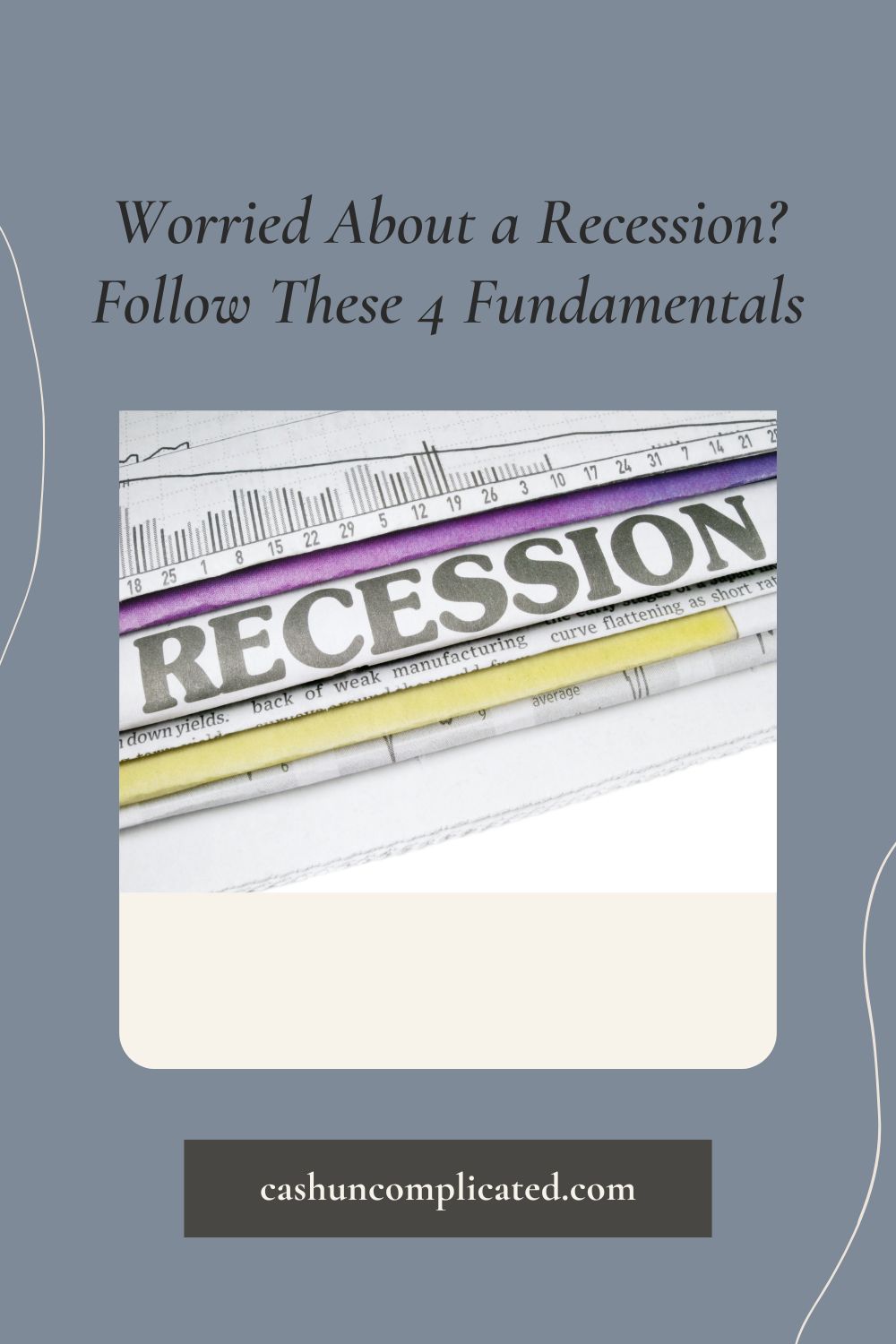Most of the focus in personal finance is how to save, invest, automate, make more money, etc. Once those things are learned, there’s a really big thing that comes next. It’s the art of spending and enjoying the fruits of your effort and labor.
Why Learn the Art of Spending?
What’s the purpose of life? I guess it depends on who you ask, but these are some common answers:
- To fulfill your purpose
- Spend time with family and friends
- Make a difference
- Better the lives of others
- Find fulfillment
Of course there are many more answers depending on who you ask. But most answers sound similar to what’s listed above.
Very rarely are you going to get an answer like: “Accumulate a maximum amount of wealth and die with as much money as humanly possible.” Somewhere along the journey, life needs to be lived.
And although there are free things in life (really great free things), a lot of things do cost money. Furthermore, many of the big life goals require money.
For example, spending time with family and friends requires some money. It can be as little as the gas needed to get to a family members house, or something bigger like enough to go on a big family vacation to Fiji.
Why Spend More?
There are lots of reasons to spend more. What’s important to each individual and family will vary but I’m going to list eight common reasons to spend more.
Number 1: Time
Time is the one thing that everyone has an equal amount of. It’s the great equalizer. There are certain situations where spending more can save time. For example:
- Hiring a gardener
- Paying the service fee to buy concert tickets instead of standing in a long line
- Getting an Uber instead of taking the bus
- Hiring someone to clean your house
Look for opportunities to spend on things that save time that you don’t want to do. When people refer to “buying your time”, this is what they are talking about.
Number 2: Enjoy the Process
One of the biggest issues I hear from people involved in the FIRE movement is that they didn’t enjoy the process as much as they should have. During the wealth building stages especially, there is a rush to build as much wealth as possible by generating more income and saving.
I think acting with urgency and jump-starting your wealth building is a great idea, especially for the first couple years. The danger occurs when this goes on for multiple years with no end in sight.
Yes, the goal of building great wealth is achieved, but it comes with a cost of not enjoying the present, which are valuable years of your life that you won’t get back.
So there has to be a middle ground here. What if you jump-started your wealth with a couple years of hard work and extreme saving, and then transitioned to a more sustainable life where you still aggressively save and invest, but also spend more on what you value.
This is an approach I have taken and am glad I have. I understand that this path will ultimately delay my complete financial freedom, but I get a much higher quality of life in the meantime. Plus, I reap the benefits of my earlier hard work now, creating a more comfortable lifestyle and not having to wait until complete financial independence.
Number 3: Big Goals Need Breaks
It’s hard to sprint and sprint, and keep sprinting some more. Yet, many of us are guilty of this as we sprint from goal to goal. Big goals and milestones need to be recognized and celebrated. A few examples of achievements to celebrate:
- Completion of a college or advanced degree
- Sale of a business
- Earning a big promotion
It’s important to celebrate these achievements before moving on to the next big thing. This is where the art of spending money comes into play.
Sure, you can celebrate a big milestone with a picnic at the park, but what if you went bigger and took a trip instead? Or went to a really nice restaurant in your town and stayed in a hotel for the evening? These things don’t have to be crazy expensive, but many experiences in life do cost money.
Number 4: You Can’t Take it to the Grave
You can be the best planner in the world and make some of the best investments anyone has ever made. It doesn’t change the fact that you ultimately will have the same fate as everyone else in this world. At some point, everyone is going to die and you can’t take your dollars to the grave.
That doesn’t mean you should blow all your money and fly by the seat of your pants your whole life. But everyone can have a balanced position where they save and invest a certain amount and spend a certain amount.
This is the art of spending, because you get to decide how much you want to save, invest, and set aside for spending. You also decide how you want to spend your money, which is based on your values and interests.
Number 5: Do the Important Things
There are certain things you can only do at select ages. It’s great to say you’re going to let your money compound until you’re 70 or 80, but by that time you can’t do everything you were able to do when you were 30.
For example, if one of your dreams is to compete in a triathlon out of state, you have to do it when you’re physically able. It’s going to cost money now with travel, time, food, training, etc., but that’s not something you can wait around on.
Identify what you want to do now while you can. Of course there are 70-year-olds who compete in triathlons, but it’s not a guarantee you will be able to replicate that. Which is why it’s important to do things now.
That also goes for bucket list items like traveling to another continent, hiking Kilimanjaro, going to a Super Bowl, etc. It sounds good to say you’ll wait, or do it when you retire, but tomorrow is never guaranteed.
Number 6: Convenience
There’s an art of spending to buying convenience. There are some things that are just easier to pay for, even if it costs more. Things like:
- Having your groceries delivered to you by InstaCart after a long day at work
- Getting your food catered when you’re hosting a party
- Taking an Uber home from the airport instead of the train
Much like in the other categories, identify what you value and spend on that. If you don’t want to mess around with taking the train home after a full day of flying, take an Uber.
Or if you don’t want to cook for a big party, get it catered. If you have the money, no consumer debt, and invest on a regular basis, don’t feel guilty about buying convenience from time to time.
Number 7: Highest and Best Use of Time
Highest and best use of time is something I wrote about in my book Cash Uncomplicated. Here’s an example. If you are in a job making 50 dollars per hour with opportunities to work overtime, what if you worked eight hours of overtime instead of trying to fix the leaky kitchen sink yourself?
If you can make 75 dollars an hour (time and a half) for four hours of overtime, that equals 300 dollars. Meanwhile, fixing the sink takes four to five hours between the actual repairs, looking at YouTube videos, cursing yourself for starting the project in the first place, and back and forth trips to Home Depot, you’ll only have to pay for parts.
However, that’s four hours of time you spent doing an activity that you could have paid someone 100 to 200 dollars to do. Here’s the math:
- Work the overtime: Four hours of work in a job you have high level of expertise, 30 minutes roundtrip commute for a total of four and a half hours, make 300 dollars and pay someone 100-200 dollars to fix.
- DIY: Four to five hours to fix plus cost of materials (let’s call it 20 dollars) to complete a task where you have a low level of expertise.
In this scenario, working the overtime is actually more cost efficient. Plus, you don’t have the unknown of a home project that could go very wrong where you have to end up calling a plumber anyway.
There’s also a hack here. Instead of working every time there’s a home repair, you can work one or two overtime shifts every couple months and have the money ready to go. That will cut down on your commute time and you only have to work one day than a series of part time days.
Or just keep an emergency fund and you don’t have to do any of this if you don’t want to.
Number 8: Splurge Now and Then
A well lived life has some predictability and structure. It keeps us on track and moving towards our goals. With that said, it’s good to go off script and splurge now and then.
This is where the art of spending money comes in.
- When will you splurge?
- What kind of things do you want to splurge on?
- Do you want to have a separate account just for these types of things?
Give yourself the freedom and some room to spend now and then. Let’s use a vacation as an example. You can reasonably predict the cost of the hotels and restaurants. Most people book the hotels well in advance and some even make restaurant reservations in advance.
But what about when you’re walking around town and learn about a snorkeling trip leaving later that morning? You didn’t plan for it, but you want to do it. You’re on vacation and things like this come up all the time.
This is where you want to take that side detour and enjoy your time. Figuring out the logistics is part of the art of spending.
Conclusion: Don’t Forget to See the Forest for the Trees
Saving, investing, and planning for the future are essential. I’m a huge proponent of doing all of those things and have engaged in these practices for several years now.
There’s also a point in time where you have to learn the art of spending. What’s the use in accumulating massive financial resources if you’re not able to enjoy the fruits of your labor, planning, and efforts?
Keep saving, investing, and planning but don’t forget to spend a little bit too. Enjoy a trip now and then, go out to a nice dinner, buy tickets to a football game, or take a night out to see a play. Figure out what you want to spend on and leave a little bit of money to do that.
What does the art of spending mean to you? How can you spend more on the things you value?












